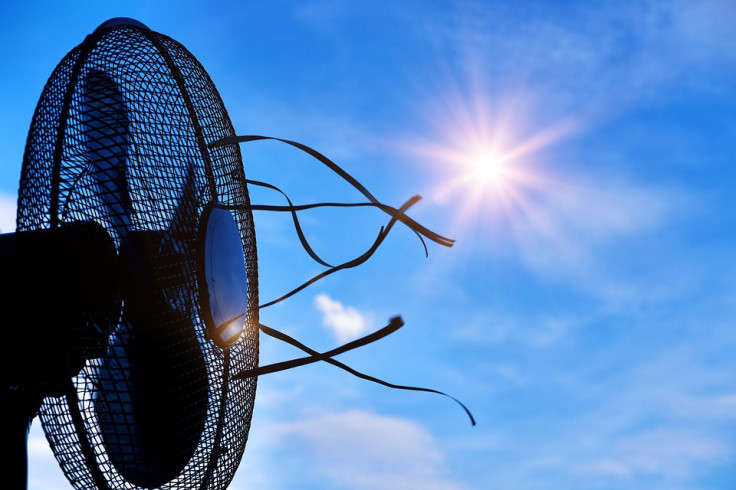Fan-blown air can help advanced cancer patients breathe easier
A number of nonpharmacological interventions have been linked with improved breathlessness in advanced cancer patients.
Cancer patients may find some benefit from a common household fan. A new study showed that this drug-free treatment can help ease breathlessness in patients suffering from cancer in the advanced stage.
A new study titled, "Nonpharmacological Interventions for Managing Breathlessness in Patients With Advanced Cancer" published in JAMA Oncology, revealed that fan-blown air that reaches the face of a patient who is suffering from advanced cancer, could help relieve the symptoms of breathlessness. Aside from this, the researchers from the Johns Hopkins Kimmel Cancer Center also discovered that using medications like opioids only had a small impact on alleviating breathlessness in patients.
Researchers reviewed 29 randomised clinical trials among 2,423 who have advanced cancer. They found that a number of nonpharmacological interventions have been linked with the alleviation of breathlessness. One of the interventions was fan therapy. Bilevel ventilation was another intervention. This uses air pressure that is delivered through a mask that covers both the mouth and nose.
Dr Arjun Gupta, Johns Hopkins' chief medical oncology fellow and the study's lead author, revealed that breathlessness or dyspnea is a common symptom in patients who have advanced cancer. He explained that dyspnea often gets worse with accompanying anxiety. This then impacts the quality of life of the patient and the capacity of the patient to exercise.
Gupta further elaborated and said that treating the symptom of breathlessness by addressing the underlying illness that causes it like cancer itself, may only provide incomplete relief. It may not even be feasible. In such a case, treating the symptom may be an option.
Bilevel ventilation and fan therapy provided relief that would last for a few minutes up to a few hours. This was observed by researchers among patients that were hospitalised. Outpatients, on the other hand, had reflexology, acupressure, and other interventions. The relief lasts for a few weeks up to a few months. The best part of the use of nonpharmacological interventions was that negative effects on patients were only minimal.
Gupta said that they believe the data that they have must catalyse a shift in how they approach and treat breathlessness. They are aiming to veer away from traditional medical approaches that involved the use of drugs, to one that attempts at nonpharmacological interventions like fan therapy first.
© Copyright IBTimes 2025. All rights reserved.






















